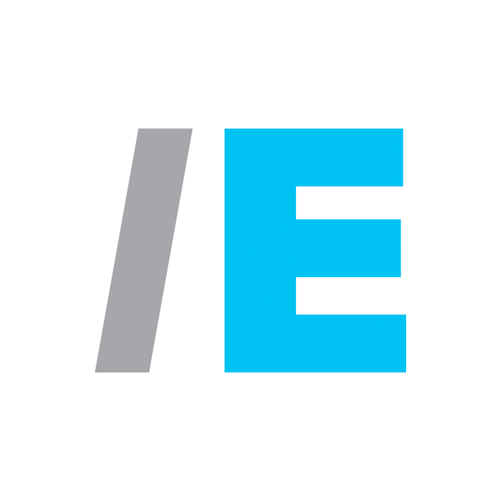{Editor’s Note: This article was contributed by Carl Paul, Partner Success Executive at SYNNEX Comstor. Paul holds regular SYNNEX Customer Experience training courses for partners and writes regularly about CX-related issues. Read his latest article below and sign up for his next Customer Success Plan session.}
In the Cisco world Customer Experience (CX) is the latest “buzz word” and software is where they are placing their bets.
CX is a methodology that has been around for years and has been used mainly by marketing and pure software companies until the explosion of Anything as a Service (XaaS). With XaaS, customer experience has expanded to include the blending of hardware, software, and services under that umbrella.
At the heart of the customer experience methodology is the customer success plan. This is where the “rubber meets the road” between you and your customer.
The customer success plan contains the information that will guide both you and your customer through the lifecycle of your solution from sales through renewal.
The first part of the customer success plan is understanding the customer’s business outcomes/requirements that are going to provide value back to your customer. This includes understanding how your organization’s solution will help the customer to increase their revenue, decrease their cost, or reduce some type of risk.
Next, you need to identify how you can track and confirm that your solution met the customer’s business outcomes. This is where the Key Performance Indicators (KPI) come into play. A KPI is a quantifiable metric that is agreed upon between you and your customer, a measurement that can be used to demonstrate success.
Having business outcomes and KPIs is a great start but you need a plan of action to ensure that you can achieve your objectives. Within the customer success plan is the “adoption plan”. The adoption plan correlates the task that is required beyond just delivering the solution to ensure your customer not only gets value from the solution but realizes that value at an accelerated pace. The adoption plan covers the entire lifecycle of the solution and may need to be updated as you move throughout the phases of the Customer Experience journey.
As with any journey you want to be forward-looking to identify any possible roadblocks or barriers that could possibly slow down the value realization. The Identify Barriers section of the customer success plan is where you want to list any risk that could cause the customer to not achieve their business outcomes or realize value from your solution, jeopardizing the renew and your recurring revenue.
Each part of the customer success plan is equally important, and each plays a part in your customer experience journey.
To learn more about the details of how to create customer success plans please join me for a future Customer Success Plan half-day webinar. Learn more and register for the event here.

Author
-

The EDGE360 editorial team consists of Jackie Davis, Katherine Samiljan, and Jessica Nguyen. You can reach the team at EDGE360@gotostrategic.com.





